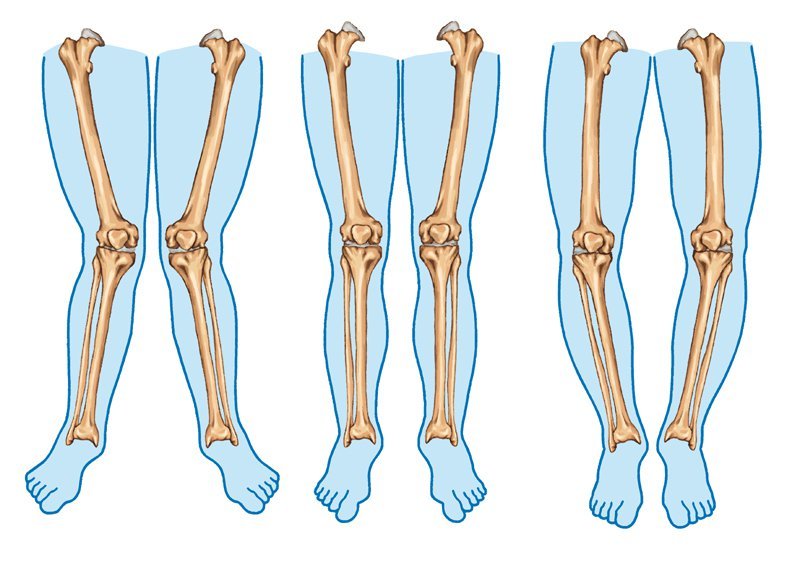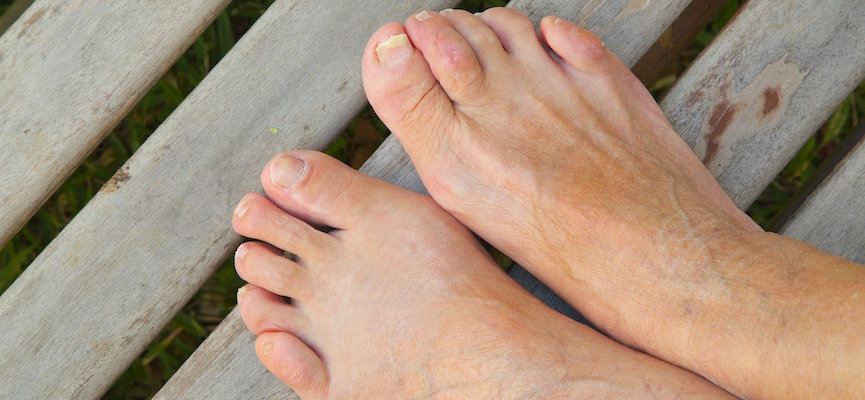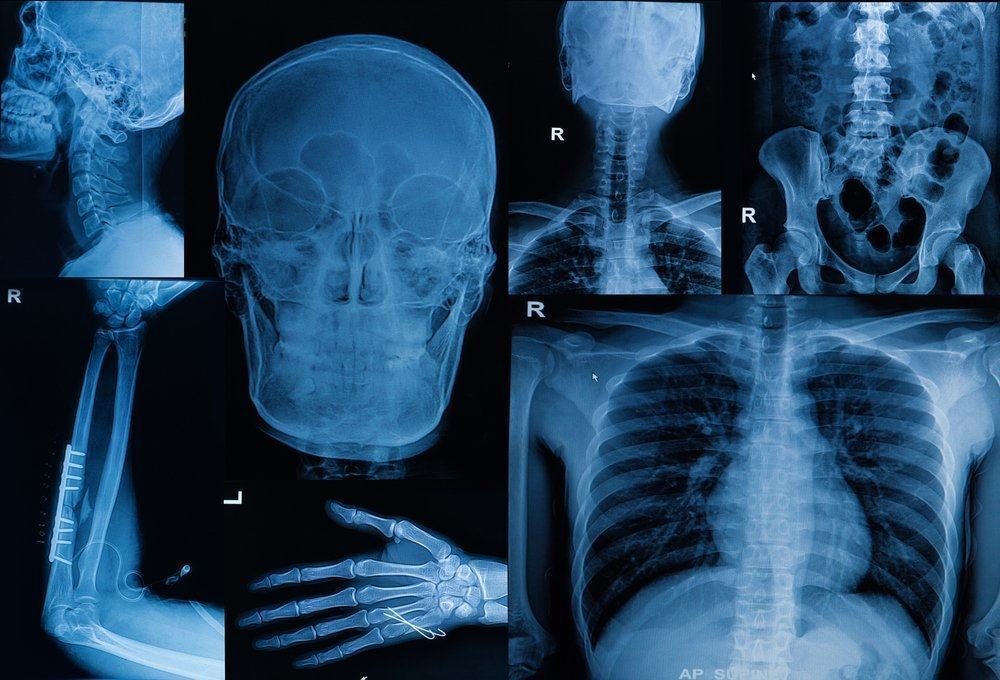Contents:
- Medical Video: 5 Ways To Fix Knocked Knees | Tight Inner Thighs
- Form of foot O (genu varum)
- Causes of foot shape O
- Form of foot X (genu valgum)
- Causes of foot shape X
Medical Video: 5 Ways To Fix Knocked Knees | Tight Inner Thighs
The form of foot O (genu varum) and X (genu valgum) often occurs in children. In fact, many children have O legs until they are around two years old and X feet up to around six years old. Sometimes, there are children who may not have normal legs until they are nine or ten years old.
Form of foot O (genu varum)
This condition can be present from infants to adults and has a variety of causes. If this becomes more severe, the patient will show a knee that protrudes to the side and with an unstable gait. This may be related to the soles of the feet that go in, as well as the secondary effects on the hips and ankles. The problem can be on one leg and also on both legs, with the long functional differences in the legs. Family and disease history can reveal a clue about the tendency to survive or develop.
Causes of foot shape O
There are several different causes of O-shaped legs, namely:
- Growth. As the child develops, different parts of the body grow at different levels. As a result, bone alignment can change and cause an unusual appearance at a certain age. The most common cause of foot O in the age range of toddlers is growth. Foot O that occurs under the age of 2 years is normal bone development. The knee angle usually peaks around the age of 18 months, and then gradually returns to its normal shape as the child grows.
- Blount disease. Blount disease is a condition that can occur in children and adolescents. This is a condition where the plate at the top of the shin (tibia) grows abnormally. When toddlers, it will be very difficult to distinguish whether this is Blount disease or just the usual form of O foot. However, a child with this disease will not have the development of the shape of the foot towards a normal form when growing up.
- Rickets. This condition is a condition that is very rare in developed countries, although it is common in developing countries. The most common cause of this condition is malnutrition from some important nutrients for good bone health. These nutrients are calcium, phosphorus, or vitamin D intake.
- Osteoarthritis. In adults, the most common cause of foot O is a result of osteoarthritis. This condition can erode the cartilage and bones around the knee joint. If scraping is distributed evenly, there will be no expected abnormalities, but when scraping is more likely in the knee joint, the O leg will form more. Usually the severity can be measured by how severe the erosion is in the knee joint.
Form of foot X (genu valgum)
This form of foot is usually experienced by some healthy children as a growth phase, and will return to normal by itself. However, for some people who maintain or develop this disability is usually caused by heredity, genetic abnormalities, or metabolic bone disease.
Causes of foot shape X
There are several different causes of X-shaped legs, namely:
- Osteomyelitis. This is a bone infection that is usually caused by certain bacteria, fungi, or germs.
- Rickets. This is often the cause of foot X during child development. This condition is a condition that occurs when a child has a lack of vitamin D in their body.
- Rheumatic conditions. Every condition that causes joint pain is considered rheumatism.
- Osteochondroma. This condition causes a form of disability in the development of one's bones. This is caused by the development of benign bone tumors that develop around the ends of long bones.
- Arthritis. This condition causes changes in inflammation in the joints. The cause of this chronic disease is believed to be due to an autoimmune mechanism.
- Renal osteodystrophy. This disease is a bone disease that occurs when the kidneys cannot maintain the right amount of phosphorus and calcium in the blood.
- Dry bone injury. Injuries to the shin can cause X-shaped feet. This is because growth is part of the responsibility of the shin.
- Obesity. Some people believe that obesity is the cause of foot X, but that is not true. Obesity is only a factor that exacerbates foot X problems because of the amount of excessive burden that the knee must support.
- Multiple epiphyseal dysplasia (MED). This is a condition that causes abnormalities in the cartilage and bone development around the tip of the long bones in the arms and legs.
READ ALSO:
- Get to know the four types of rare bone diseases
- Is it Really the Advantages of Vitamin A Can Cause Broken Bones?
- 3 Ways to Maintain Bone Health












